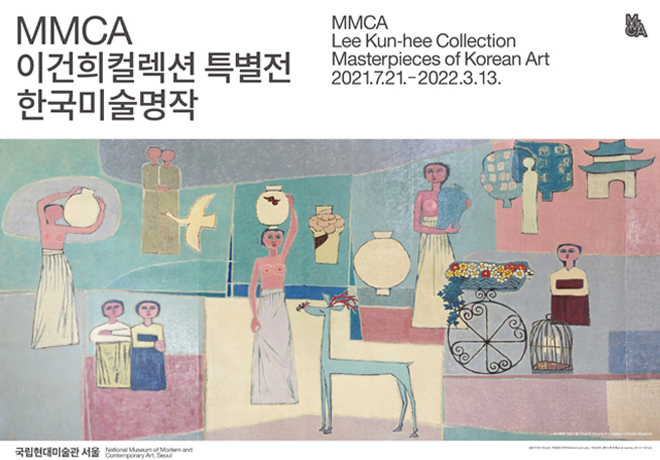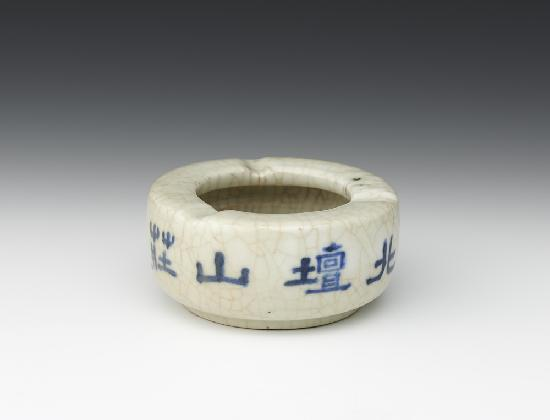
Korean Art Society, ‹White Porcelain Ashtray with Bukdan sanjang Painted in Underglaze Blue›, 1950-1960s, Cobalt painted on porcelain clay, 5.4×11.4×11.4cm, Kansong Art and Culture Foundation Collection
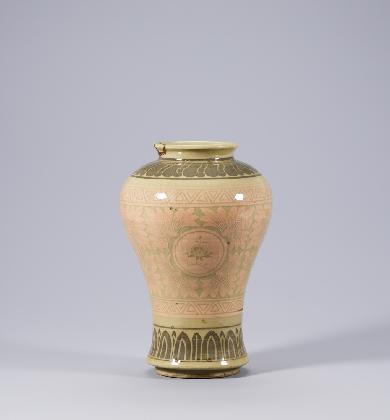
Korean Research Center of Ceramic Arts Ware(Yoo Keunhyung), ‹Celadon Bottle with Incised Peony Design›, late 1950s, Incised on celadon clay, 23×15.5×15.5cm, Haegang Goryeo Celadon Research Institute Collection
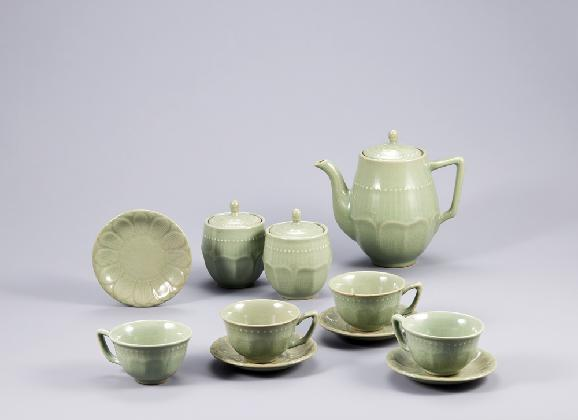
Research Institute of Ceramics at Ewha Womans University, ‹Celadon Coffee Cup Set›, 1976, Inlaid on celadon clay, 17×19×10, 11.5×8×8(×2), 5.5×11×8(×4), 2×12×12(×4), 5×11×8(×2), 2×12.5×12.5(×2)cm, Research Institute of Ceramics at Ewha Womans University Collection
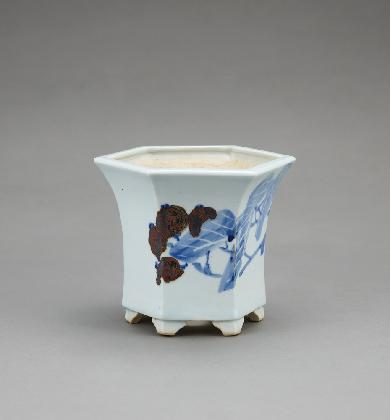
Ahn Dongoh, ‹Chang Woosoung, Blue-and-white Porcelain Flowerpot with Loquat Design and Poem›, 1975, Cobalt and iron painted on porcelain clay, 17×21×18cm, MMCA Lee Kun-hee Collection
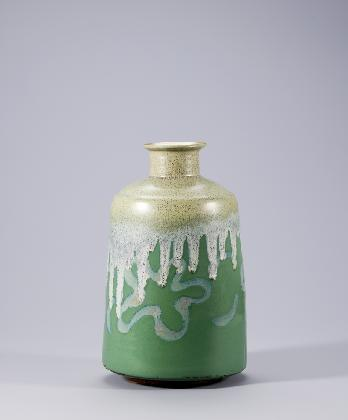
Kim Jaesuk, ‹Vase›, Date Unknown, Color glazed on porcelain clay, 29.5×18×18cm, C&S Collection
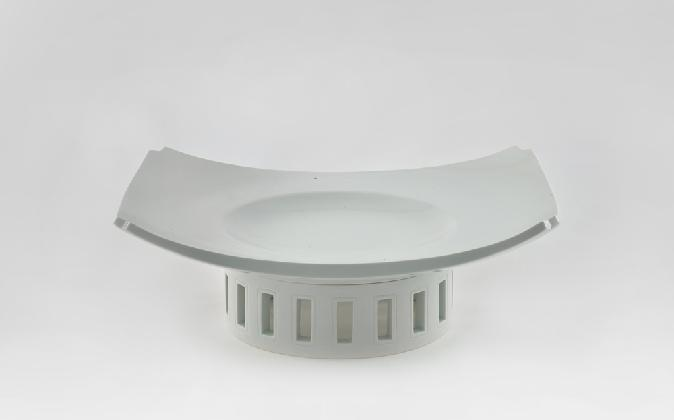
Kim Yikyung, ‹Ritual Pedestal›, 1995, Porcelain clay, 15.5×45×25.5cm, MMCA Collection
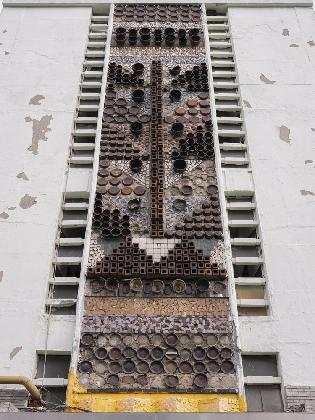
Designed by Kim Swoogeun, Ceramic exterior by Artist Unidentified, ‹Sewoon Arcade›, 1960s, Photograph by Jang Junho
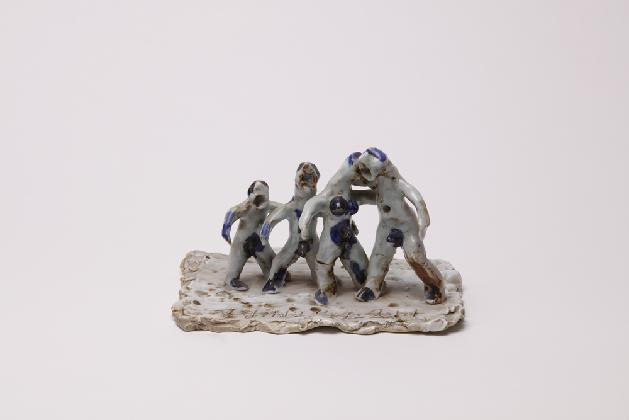
Chung Damsun, ‹I Wanted to Grow Larger and Stream›, 1983, Mixed clay, 13.5×22.5×17cm, Han Hyang Lim Ceramic Museum Collection
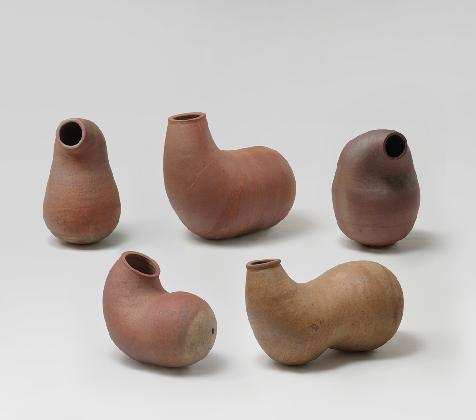
Kim Sukwhan, ‹Work›, 1986, Mixed clay, Dimensions variable, MMCA Collection
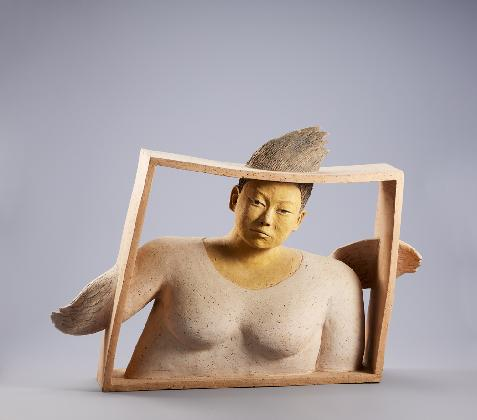
Hahn Aikyu, ‹Winged Woman›, 1989, Color painted on stoneware clay, acrylic paint, 48×68×15cm, Private Collection
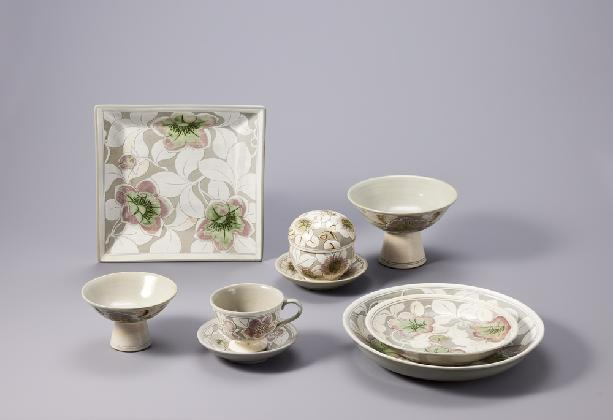
Kwangjuyo, ‹Buncheong Ware Series with Sgraffito Floral Design›, 1980-1990s, Buncheong clay, sgraffito, 2×22.5×22.5, 12×8×8, 13×15×15, 3×25×25, 3×30×30, 6.5×9×6.5, 2.7×12×12, 10×13×13cm, Kwangjuyo Collection
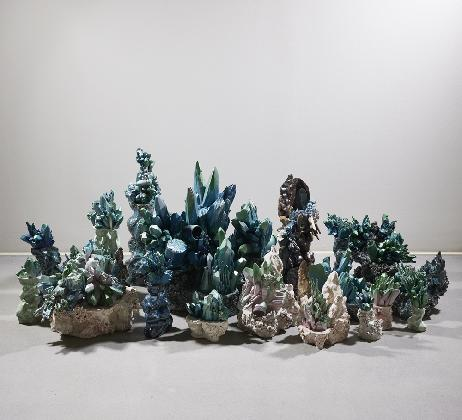
Oh Serin, ‹Forest Temperature Bunker›, 2022-2024, Glazed on mixed clay, PLA (Polylactic acid), acrylic paint, Dimensions variable, Private Collection and Courtesy of the Artist
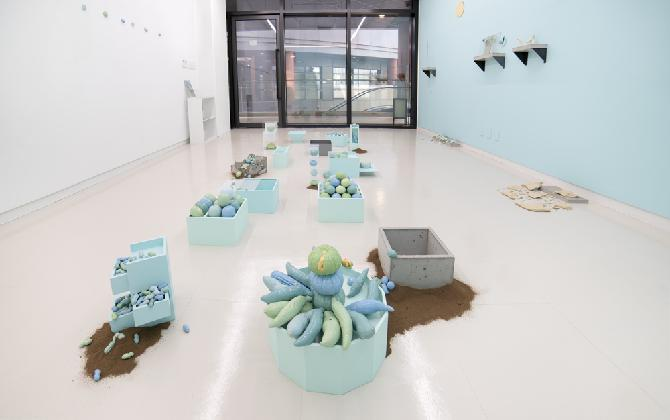
Kim Jin, ‹Sense of the Earth›, 2023, Porcelain clay (slip-casting, stain), a thread that failed while knitting, Dimensions variable, Courtesy of the Artist
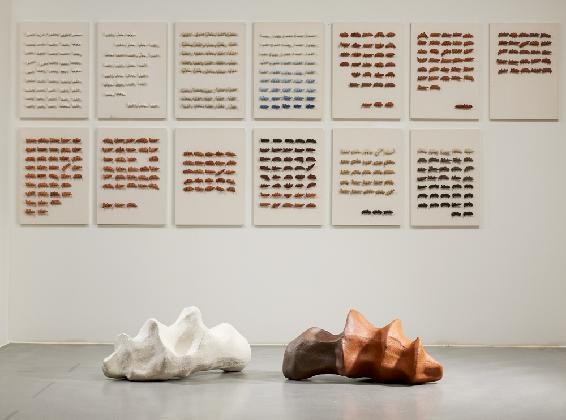
Kim Jihye, ‹Mother Tongue & The Letter of Love›, 2022, Mixed clay, 3D scanning, pressed forming, hand-pressed mixed clay, panel, 45×100×45(×2)cm, Dimensions variable, Courtesy of the Artist
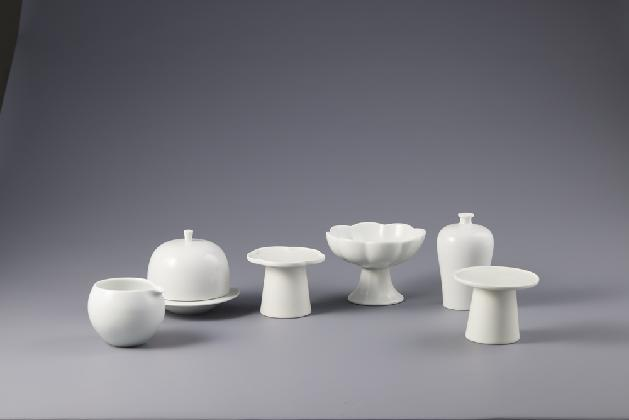
Moondobang, ‹Sauce Bowl, Sori Case, Flower Shaped Tray, Flower Shaped Bowl, Small Bottle, Round Shaped Tray›, 2020s, Porcelain clay, 6.5×8×8, 9×11.7×11.7, 7×9×9, 8×11.5×11.5, 11×7×7, 7×9×9cm, Courtesy of the Artist
